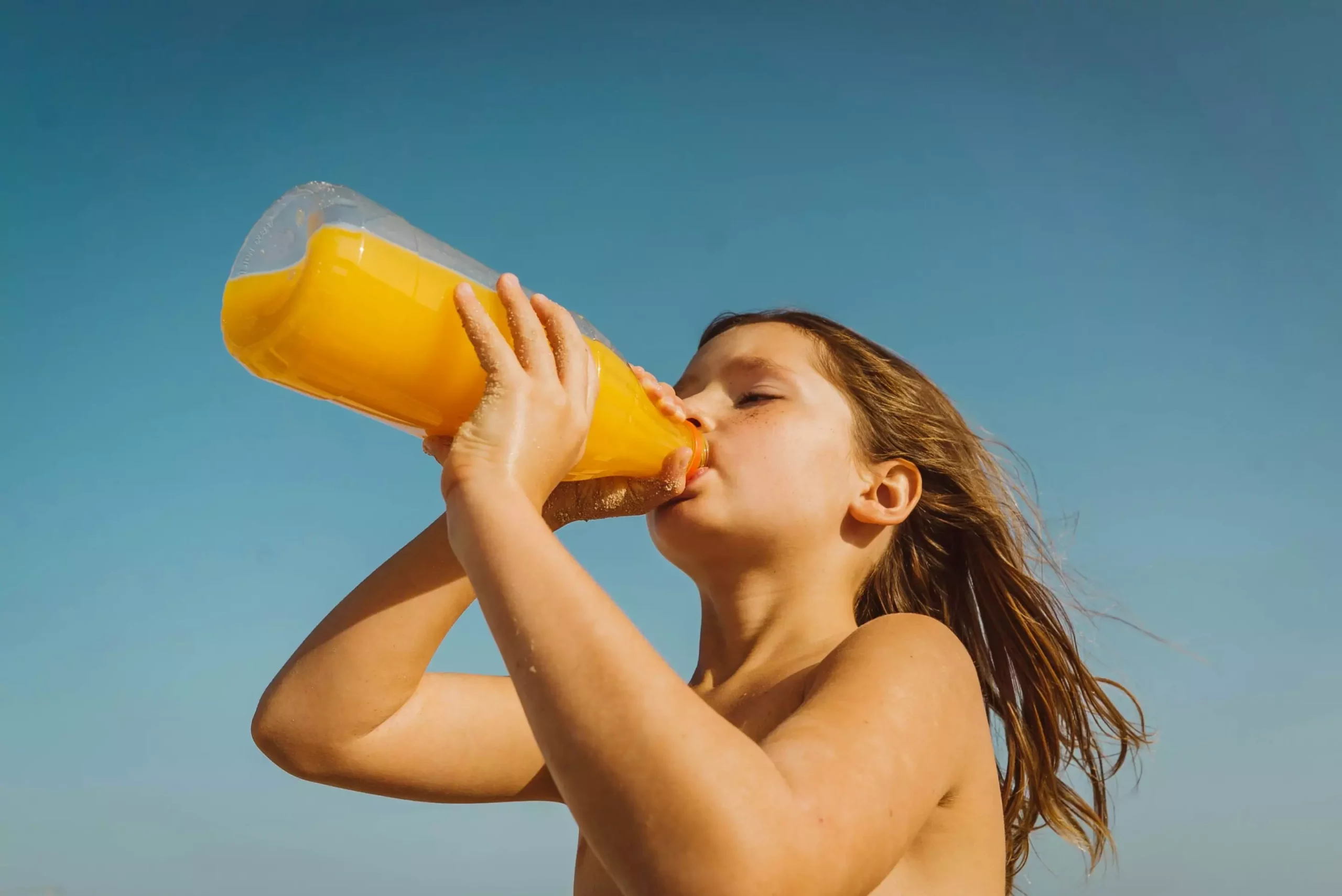The sustainability conundrum surrounding food packaging has long puzzled consumers, particularly when it comes to popular beverages such as orange juice. For many, the assumption that glass is the most eco-friendly option is near-universal. Research from the University of Massachusetts Amherst, however, unveils a startling truth: glass packaging is not the environmentally responsible choice many believe it to be. This revelation challenges entrenched perceptions and invites a deeper examination of what truly constitutes sustainable packaging.
Nomzamo Dlamini, a food science Ph.D. candidate and key researcher in this study, emphasized the gap between public perception and reality. While glass packaging is often romanticized for its reusability and aesthetic appeal, a lifecycle assessment shows that its production and recycling demands substantial energy resources. Dlamini’s findings indicate that, contrary to popular belief, the journey of glass from manufacturing to recycling exerts a larger environmental footprint than that of plastic and even aluminum.
A Closer Look at Sustainability Metrics
It’s essential to dissect the metrics contributing to sustainability in packaging. The research participants ranked their choices in a surprising order: glass, carton, aluminum, and plastic. Yet, the study revealed that a carton—deemed biodegradable and compostable—emerges as the more sustainable option for single-serve orange juice containers. This discovery begs the question: are consumers truly informed enough to make sustainable choices?
One of the critical metrics in evaluating sustainability is the energy expenditure associated with production and the end-of-life management of packaging materials. Dlamini noted that the resources needed to produce glass containers vastly exceed those necessary for their plastic counterparts. The aseptic sealing technology used in cartons and plastics is less energy-intensive than the retort processes applied to glass. This information sheds light on an uncomfortable truth: sometimes, the most beloved packaging option can be one of the least sustainable.
Consumers: Torn Between Sustainability and Affordability
Aside from manufacturers’ responsibilities, the study emphasizes the complex decision-making process faced by consumers. While there is a clear desire among respondents to support packaging that aligns with sustainability principles, price consistently emerged as the dominant influence on purchasing behavior. The ideal scenario revealed by the research included a product priced at $1.10 per container—packed in glass but also locally sourced and touted as fully recyclable.
This finding highlights a crucial dilemma for eco-conscious producers: sustainability must be both affordable and accessible. The study offers a dual road map for manufacturers: they must not only produce sustainable packaging options but also market these choices in a way that delineates their environmental benefits clearly, so that consumers can make informed decisions.
Packaging Labels and Consumer Education
To capitalize on consumers’ motivations towards sustainability, the need for clear labeling cannot be overstated. The study suggests that without coherent communication surrounding what “sustainable packaging” actually entails, even the most well-intentioned consumers may revert to conventional containers that offer cheaper alternatives. To tackle this issue, industry stakeholders should aim to streamline labeling practices, ensuring they convey comprehensive information about the lifecycle impacts of packaging.
This educational effort is vital not just for cultivating awareness but for fostering a culture of sustainability where consumers can demand better choices and vote with their wallets for practices that are environmentally sound. There’s an intriguing opportunity here for brands to forge a relationship of trust with their consumer base, anchored in transparency.
Waste Reduction: The Real Game-Changer
While sustainable packaging is certainly a topic worthy of exploration, the study ultimately emphasizes an often-overlooked yet crucial aspect of sustainability—food waste. No matter how eco-friendly the packaging may be, it pales in comparison to the impact of reducing waste generated throughout the food supply chain. The most practical step consumers can take toward sustainability involves reconsidering their eating habits and purchasing practices to minimize waste at its source.
This knowledge is powerful; it shifts the narrative away from merely choosing the “best” packaging towards a broader view of sustainability that includes consumption patterns. By addressing the root causes of food waste, society can work toward substantial ecological dividends that transcend packaging debates, delivering a more holistic approach to environmental stewardship.
The implications of Dlamini’s research extend far beyond beverage choices; it serves as a wake-up call for consumers, manufacturers, and policymakers alike. It implores all stakeholders in the consumption loop to engage critically with their choices and reinforce the collective commitment to sustainable practices which ensure that the future is both green and abundant.


Leave a Reply